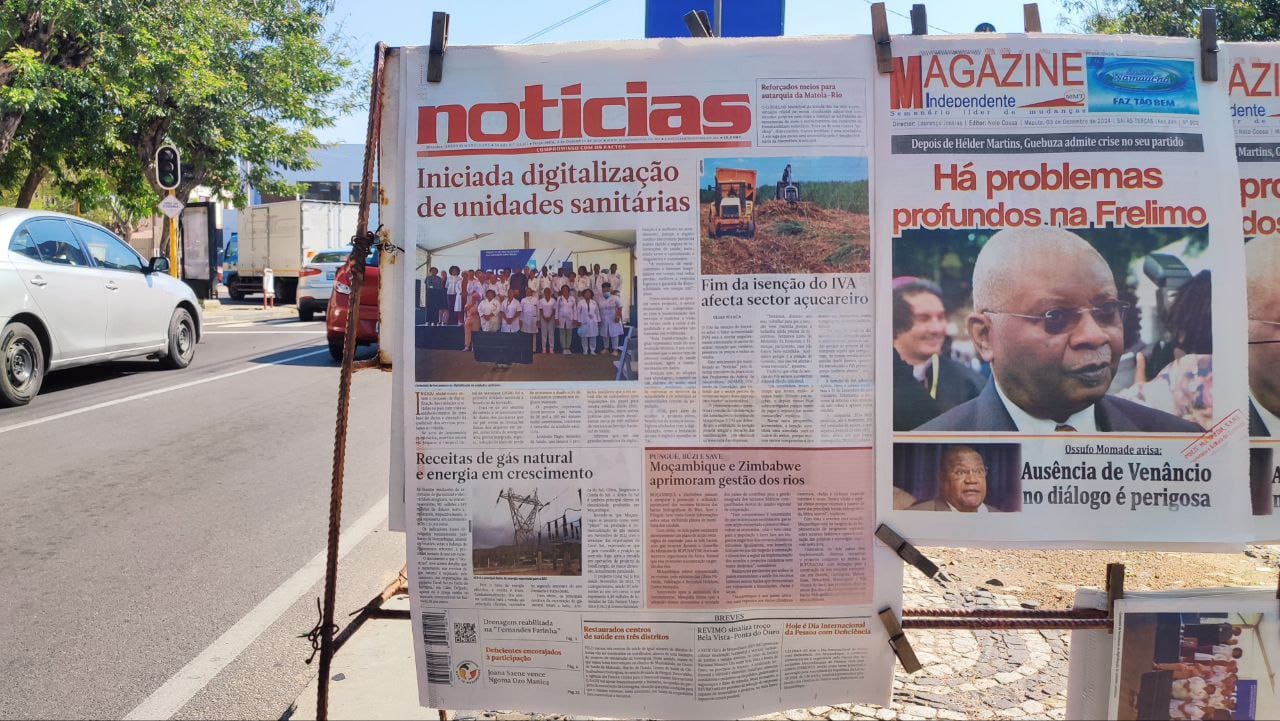Good afternoon. At first glance, you might think that the protests over the disputed election results were the sole cause of Mozambique’s economic problems, as raised by the Bank of Mozambique (see below). That may well be how the government chooses to present it, but the reality is more complicated. Already in the first nine months of this year, economic growth has averaged 3.8%, compared to the 5.5% that the government had been forecasting for the whole year. Growth has therefore been off target for some time, and it is too late to catch up now.
The central bank has also warned that rising inflation (it reached 2.7% year-on-year in October) is eroding the purchasing power of the currency: put simply, a metical is buying fewer goods. Again, this cannot be blamed on protests that started in late October. The real exchange rate between the metical and the US dollar has been rising, such that, on some estimates, the official exchange rate of 63.27 to the dollar (which has not changed in over a year) overvalues the metical by about 40%. That is bound to create inflationary pressure.
The full Daily Briefing continues below for Pro subscribers. Subscribers to the Zitamar News tier can read the top half, including the full leader article, here.
From the Zitamar Live Blog:
It is true that the protests have dented economic activity over the last month, but this is just making a bad situation worse. In particular, the public finances have been in a steadily worsening state for several years, something that ratings agency S&P reminded us about back in September. Total domestic public debt doubled between 2020 and the middle of this year, thanks to overspending on introducing the disastrous so-called single salary table and the rising costs of the war in Cabo Delgado province. But S&P felt the need to update the picture only a month later, when on 18 October — at a time when the protests had barely started — it cut Mozambique’s local currency credit rating to CCC, two levels above default. Government spending has constantly outstripped its revenues, and more and more expensive treasury bills and bonds have been issued. Already last year, the government delayed repayments on some local currency debt. The fiscal problem is in danger of becoming a banking problem, if the defaults increase, because government debt as a share of banks’ assets has risen, averaging 24% since 2017, according to S&P.








